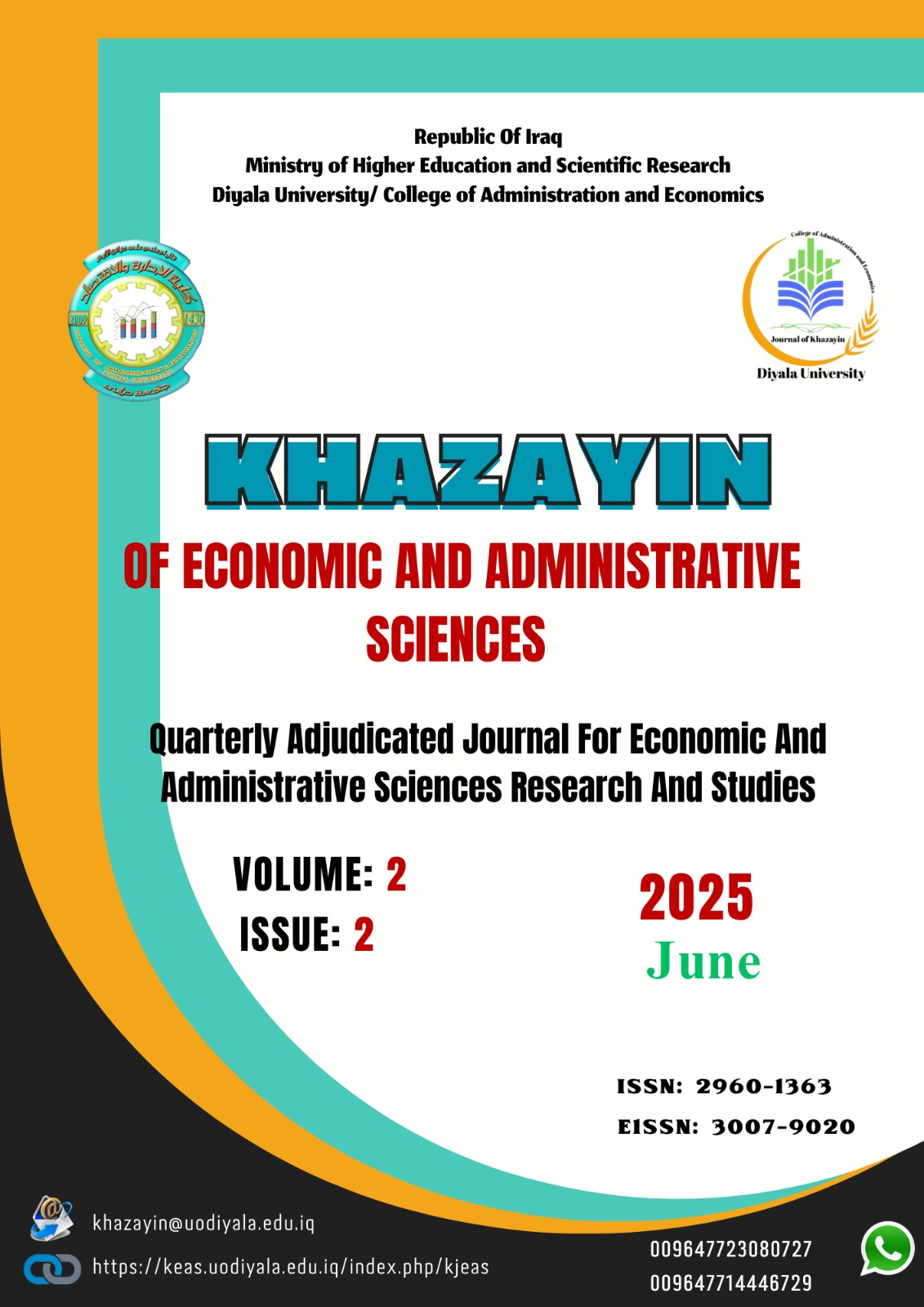Strategic orientation is an approach to enhancing the dimensions of environmental marketing. An analytical study of the opinions of a sample of employees in the Nineveh Environmental Directorate.
DOI:
https://doi.org/10.69938/Keas.2502027Keywords:
strategic orientation, environmental marketing, Ninawa Environment DirectorateAbstract
The objective of the study is to test the nature of the relationship and effect between the study variables, which are strategic orientation with its dimensions (proactive orientation, analytical orientation, future orientation, and technology orientation), and the second variable, environmental marketing with its dimensions (social responsibility, environmental sustainability, environmental management, and environmental awareness). To achieve the research objectives, the researcher employed a descriptive analytical approach and examined the opinions of a sample of employees from the Nineveh Environmental Directorate. Data were collected using a questionnaire as the primary tool, with 150 questionnaires administered to employees. The study found several key results, including a correlation between strategic orientation and environmental marketing, as well as an effect of strategic orientation on environmental marketing at both the variable and dimensional levels. Additionally, the study offered several recommendations.
Keywords: strategic orientation, environmental marketing, Ninawa Environment Directorate.

Downloads
Published
How to Cite
Issue
Section
License
Copyright (c) 2025 Khazayin of Economic and Administrative Sciences

This work is licensed under a Creative Commons Attribution-NonCommercial 4.0 International License.











